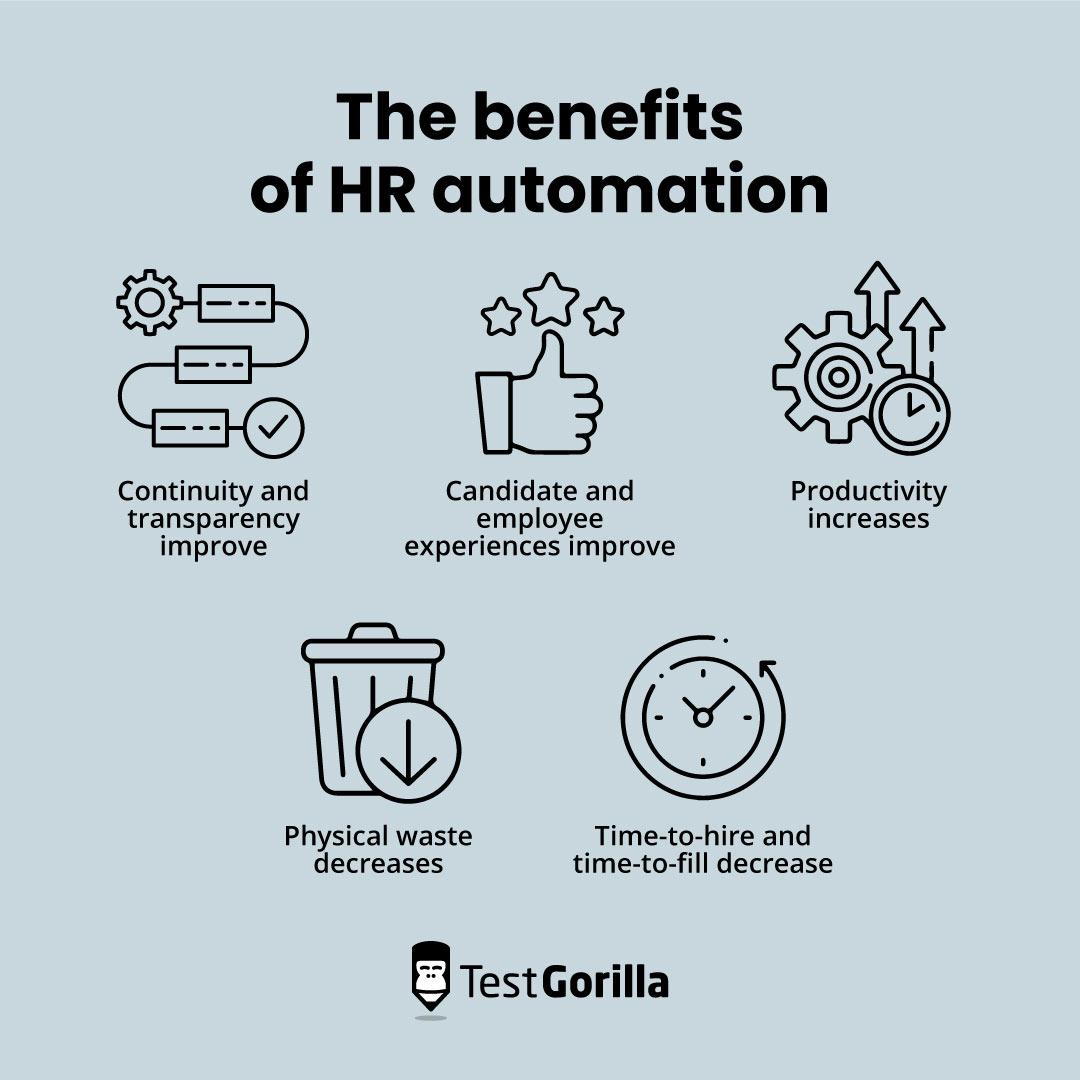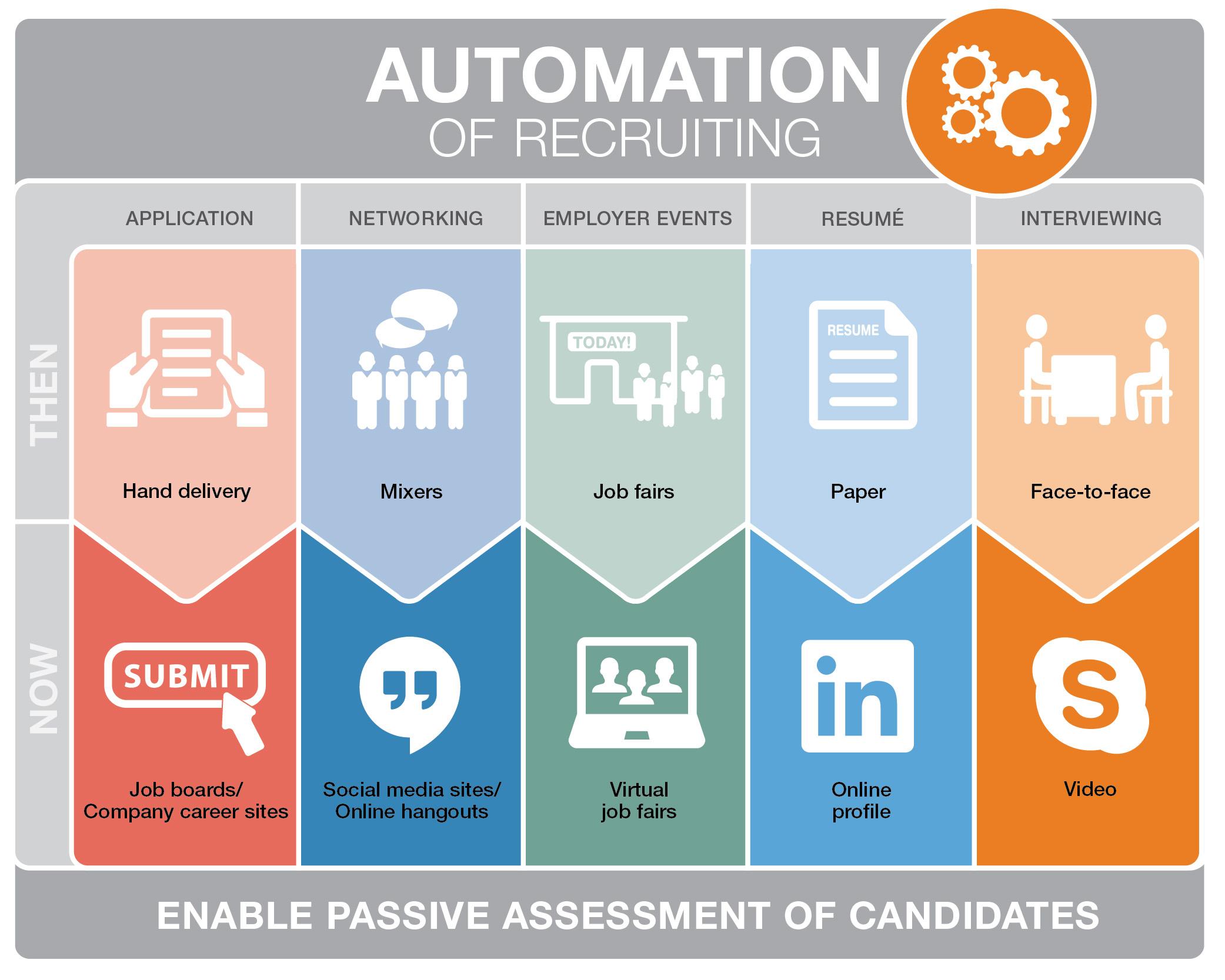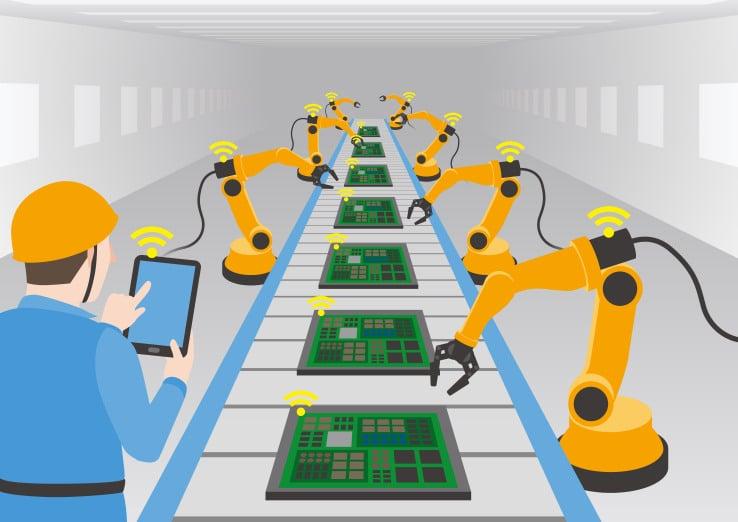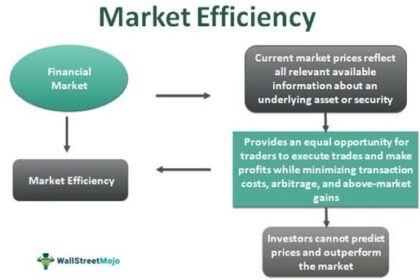As the sun rises on the new era of work, automation is stepping into the spotlight, transforming traditional human resources practices into streamlined, efficient operations that redefine the employee experience. Gone are the days when HR was seen solely as a gatekeeper of policies and procedures. In today’s digital landscape, automation is revolutionizing the way organizations recruit, engage, and nurture talent. This shift opens up a wealth of opportunities for businesses to enhance productivity and foster a culture of innovation, while also prompting critical questions about the future of work and the role of human expertise. In this article, we will explore the dynamic intersection of technology and human resources, examining how automation is reshaping the workforce, empowering employees, and challenging the very core of HR’s identity. Join us as we delve into the transformative power of automation and its implications for the workplaces of tomorrow.
Embracing Change: The Role of Automation in Modern HR Practices
In an era defined by rapid technological advancement, the integration of automation into human resources has become a pivotal strategy for organizations aiming to enhance efficiency and improve employee satisfaction. By leveraging automation, HR departments are now able to streamline repetitive tasks, allowing professionals to focus their energies on strategic initiatives. Key areas where automation can transform HR practices include:
- Recruitment: Automated applicant tracking systems that sift through resumes can drastically reduce the time spent on initial candidate screening.
- Onboarding: Digital onboarding processes ensure that new employees are seamlessly integrated into the company, with essential documents and training modules easily accessible.
- Performance Management: Tools that automate feedback and evaluation processes promote continuous communication and development.
- Payroll and Benefits Administration: Automated systems minimize errors and efficiently manage employee compensation and benefits.
Moreover, embracing automation fosters a culture of agility within the workforce. As organizations navigate the complexities of modern business landscapes, automated systems enable timely decision-making by providing real-time data analytics. This is particularly evident in areas such as:
| Aspect | Benefit of Automation |
|---|---|
| Employee Engagement | Automated surveys gather timely feedback, fostering a more engaged workforce. |
| Compliance | Automated tracking of policies ensures adherence to regulations with minimal effort. |
| Training and Development | Personalized learning paths can be created using automated assessments. |
This shift not only enhances productivity but also positions HR as a strategic partner in driving organizational success, fostering a workforce that’s not just reactive but proactive in tackling future challenges.

Enhancing Efficiency: How Automation Streamlines Recruitment and Onboarding
In today’s fast-paced job market, leveraging automation in recruitment and onboarding processes can lead to significant gains in efficiency and effectiveness. By integrating automated tools, organizations can streamline workflows, reduce manual errors, and enhance the overall candidate experience. Key benefits of utilizing automation include:
- Time Savings: Automated screening tools can quickly sift through hundreds of applications, identifying the best candidates much faster than traditional methods.
- Consistency: Automation ensures uniformity in the hiring process, leading to fairer evaluations and reducing biases.
- Enhanced Communication: Automated responses and reminders keep candidates informed and engaged throughout their application journey.
Moreover, onboarding processes benefit immensely from automation, allowing new hires to acclimate to their roles efficiently. Automation supports a smoother transition by providing essential resources and information in a structured format. Companies can create workflows that include:
- Automated Document Collection: New employees can effortlessly upload their documents through a secure portal, streamlining paperwork.
- Training Schedule Automation: Onboarding modules can be scheduled and tracked automatically, ensuring every new hire receives the necessary training in a timely manner.
- Feedback Mechanisms: Automated surveys can gather insights from new employees, enabling continuous improvement of the onboarding experience.

Empowering Employees: The Impact of Automation on Workforce Engagement
The integration of automation in workplaces is not just about efficiency or cost savings; it can fundamentally enhance employee engagement. By automating routine and repetitive tasks, companies empower their workforce to focus on more impactful and creative work that aligns with their skills and passions. This shift not only reduces burnout associated with mundane tasks but also fosters a culture of innovation. Employees are more likely to feel valued and engaged when they can contribute meaningfully, knowing that their insights and unique abilities can drive the organization forward.
Moreover, automation provides crucial data and insights that can help in identifying areas for professional development. Companies can leverage this data to create tailored training programs, leading to increased employee satisfaction and skill enhancement. The benefits of automation include:
- Increased job satisfaction: Employees can devote time to strategy and creativity rather than rote tasks.
- Enhanced professional growth: Automation helps identify skill gaps and training opportunities.
- Strengthened collaboration: Teams can work together on innovative projects rather than getting bogged down by administrative work.
The following table summarizes key areas where automation has notably impacted workforce engagement:
| Aspect | Impact of Automation |
|---|---|
| Time Efficiency | Reduction in task completion time |
| Job Relevance | Focus on meaningful work |
| Employee Development | Targeted learning opportunities |
| Workplace Morale | Improved employee satisfaction |

Future-Ready Talent Management: Strategies for Integrating Automation in HR Development
In the realm of human resources, the integration of automation is reshaping traditional practices into streamlined processes. HR professionals now harness cutting-edge tools to enhance the talent management lifecycle, from recruitment to employee development. Implementing automation transforms numerous HR processes, allowing teams to focus on strategic initiatives rather than repetitive tasks. This can include:
- Automated Resume Screening: Identifying the best candidates more efficiently.
- Digital Onboarding Solutions: Providing new hires with a seamless integration experience.
- Performance Tracking Tools: Offering real-time data and insights for employee growth.
Furthermore, the embrace of analytics within automation empowers HR leaders to make data-driven decisions that align with organizational goals. Adopting a future-ready approach enables teams to anticipate workforce needs, nurture talent, and adapt to changing dynamics. To illustrate, consider the following table that showcases the benefits of automation in HR development:
| Automation Tool | Key Benefit |
|---|---|
| Applicant Tracking System (ATS) | Streamlined Recruitment Process |
| AI-Powered Chatbots | Enhanced Candidate Engagement |
| Learning Management Systems (LMS) | Personalized Training Paths |
| HR Analytics Tools | Insightful Workforce Planning |
Future Outlook
As we stand on the threshold of a new era in human resources, the rise of automation presents both opportunities and challenges that will shape the future of work. The integration of advanced technologies invites organizations to rethink not only their operational strategies but also their approach to employee engagement, talent development, and workplace culture.
While the promise of streamlined processes and enhanced efficiency is enticing, it is essential to navigate this transformation with a balanced perspective. The human element remains irreplaceable, reminding us that behind every automated system lies the necessity for empathy, adaptability, and connection.
As we move forward, the key will be leveraging automation as a tool that complements the invaluable contributions of HR professionals—one that fosters innovation while reinforcing the bonds that unite us in the workplace. In embracing these changes, organizations have a unique opportunity to redefine their identities and harness the strengths of a diverse workforce, where technology and humanity coexist harmoniously.
In this transformative landscape, let us remain vigilant, curious, and adaptable, ensuring that the future of HR not only enhances efficiency but also upholds the core values that make work meaningful. The journey is just beginning—let us navigate it together.



